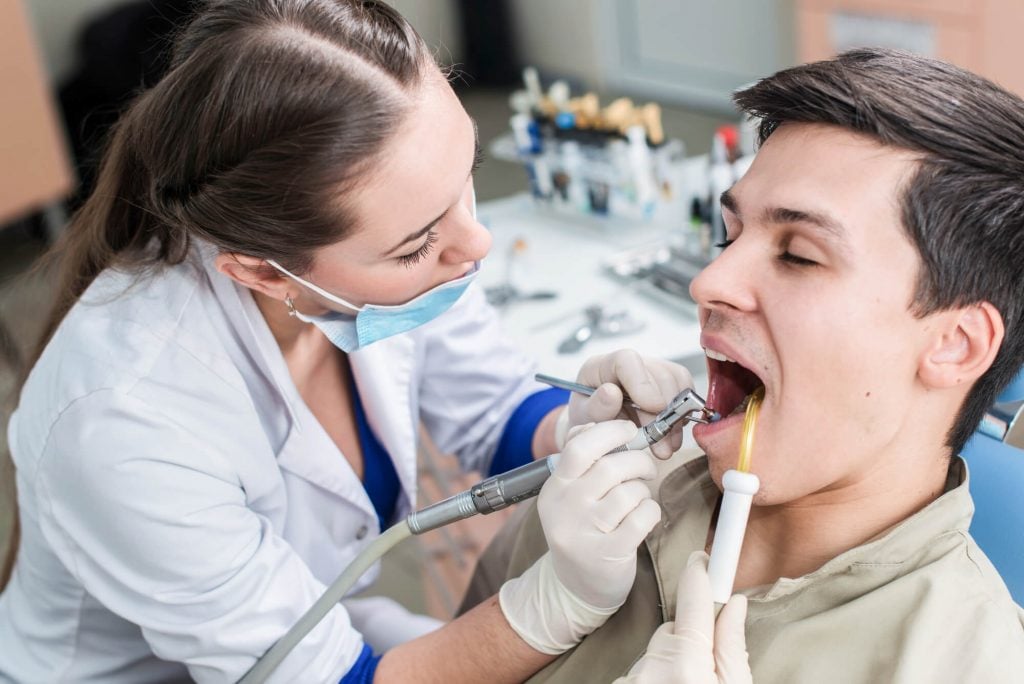Treatment for young children with infection or oral pain is necessary at any age, which may include sedation or general anesthesia. Some oral treatment requires that your child remain perfectly quiet and steady. This is true especially when there may be a lot of work to be done.
There are plenty of patients young and old who can benefit from sedation dentistry in Gramercy Park. Let’s find out how.

Are There Any Risks in Using Sedation or Anesthesia at an Early Age?
According to the 2019 dental anesthetic guidelines, the American Academy of Pediatric Dentistry (AAPD) and American Academy of Pediatrics (AAP) have updated the current recommendations for oral surgeons and other professional dentists.
The guidelines provide that there must always be at least two people in the room with advanced life support training available in the event of an emergency. There will be one oral surgeon or dental professional who will be in charge of the procedure, while the other will be a third-party observer.
Equally important is the presence of a dental anesthetist, second oral surgeon, registered or certified nurse anesthetist, or a physician anesthetist. In this way, the risks, although very little, can be prevented.
What Are the Different Types of Sedation?
General Anesthesia
A general anesthetic means that your child will be entirely unconscious and free of pain during the procedure. While an oral surgeon or separate dentist completes the dental operation or surgery, anesthesia professionals (those mentioned above) will administer the sedative and monitor your kid. Dental offices, ambulatory surgery centers (ASCs), and hospitals can all administer anesthesia.
To ensure that your child’s treatment goes as smoothly as possible, they can receive intravenous (IV) sedatives. However, despite the fact that your child may still be able to make noises and move, their breathing may sometimes be interrupted.
Your child’s vital signs must be constantly monitored by an anesthesiologist or another competent expert (independent observer), such as a nurse or paramedic, throughout the surgery as well as when your child wakes up. Also, they are the ones who will be able to tell you when your child is ready to head home.
Moderate Sedation
Under this type of sedation, children are drowsier, but they are still able to follow instructions from the oral surgeon or dental professional. Moderate sedation is preferable for older children and adolescents and not for younger or more nervous youngsters. The latter are self-sustaining and quickly awoken.
In most cases, the operation will be forgotten by children. In the course of performing dental procedures, dentists and oral surgeons can safely administer these drugs.
Laughing Gas
Nitrous oxide is the least intrusive and mildest sedative available. “Laughing gas” is a common term for it. Even if you don’t fall asleep, most people will feel more at ease. Most people will feel goofy and lightheaded.

Know More About Sedation Dentistry in Gramercy Park
An adolescent or adult may benefit from sedation. As long as your child is quiet and alert, the dentist or surgeon can usually get what they need from them. If you have any questions, see us today!

